|
|
The current range of books. Click the image above to see them on Amazon (printed and Kindle format). More info on coinpublications.com |
|
|
-
Content Count
729 -
Joined
-
Last visited
-
Days Won
67
Posts posted by alfnail
-
-
I think that the most interesting thing about the obverse that is paired with the 1841 REG: is that it is subsequently paired with an 1841 NO REG Colon.
The beauty of flaws, which are seen in the exact same locations, is that they can give you a time line between die pairings.
Here is an 1841 No REG Colon piece, with same numeral 8 flaw, and also the VICTORIA flaws further developed (shown alongside the REG Colon flaw for comparison), proving that it came after the REG colon coin.
.
-
 3
3
-
-
18 hours ago, 1949threepence said:Nor, interestingly, is there any trace of an upward die crack through the 8 of the date, as there is on some.
The die crack through the numeral 8 on the 1841 REG: is generally NOT present. I have seen it on only 2 of the 11 REG: specimens that I have owned. There is also by then some additional flawing through the VICTORIA legend.
By the time these obverse flaws appear, on the later strikes, the reverse is also then seen with flaws appearing from Britannia's toes up to the F of DEF..............and then onwards through the top of the legend on the right of the coin. Attached pictures refer.
-
15 hours ago, Sword said:https://metro.co.uk/2022/07/08/nadine-dorries-could-join-tory-leadership-race-16970021/
Seriously? Might be running for cover would make a lot more sense ...
Think some of the contenders will be 'running up a hill'.................but Stranger Things have happened!
-
 1
1
-
-
Having a clear out and came across an old Stetson hat which my wife was left over 20 years ago, think it's from the 1960's.
I was going to stick it on ebay, but my wife seems to think that it may be worth something more than I will achieve on ebay.
Just wondering if there may be any American members who know a little more than me about this.....which would be anything at all.
e.g. should I be trying to find an auction house, or is that just wasting my time?
There's a picture of a cowboy inside the hat, seems to be giving his horse horse a drink...presume out of a Stetson hat!?
-
On 7/2/2022 at 8:09 PM, 1949threepence said:1853 PT: have to say, very rare, especially in high grade. I'm convinced Keith Bayford made a mistake offering a GEF example for just £125
1853 PT italic date: you just have to jump if you are lucky enough to see one. The fine example I bought from John (Stephen) Jerrams was sold as a PT specimen only. He didn't mention the italic date.
I'm putting examples of both these date types into the Noonans September sale if anyone is interested.
-
 3
3
-
-
I definitely don't look Kurdish, more of a Viking, but bald, Yorkshire man.....long live Bairstow! I know many Kurds, and non-Kurds in Turkey, and they seem to live in harmony.....politics and power games are not everyday life for the common folk, who are just trying to get by helping one another. Turkey actually reminds me a little of the1950's Britain which I grew up in, where front doors were safely left open and people passed the time of day on the street without deliberately looking the other way to avoid contact. In the UK we seem to have lost those common courtisies, and respect for the elders, which the Turkish still hold dear.
-
 1
1
-
-
Apologies, just spotted them!
-
7 hours ago, blakeyboy said:About what, exactly?
Probably that they aren't in the EU Venn
-
Nice place to have a holiday though. Turkish are generally very welcoming, and it has a safer feel than much of the UK.
-
 1
1
-
-
-
-
59 minutes ago, 1949threepence said:In its way, that's almost as good as the F90. You hardly ever see an F77 on offer, and that one's surely got to be in the top 3 known.
But you've already got a nice one Mike!
-
 1
1
-
-
I see that the 1847 Medusa sold for 3,000 US Dollars Hammer last night. Guess that's the 13th now known.
-
Look Out for the Spectacle of the Eight
Twice a year, once in February and once in November, the light shines into Palma Cathedral in a way that projects the beautiful roseate window onto the opposite wall, creating a figure 8 with its twin window. The cathedral opens at 8 am on the days this event occurs, with the light causing the alignment at 8.30 am, and it is free to enter and watch.
-
 6
6
-
-
2 hours ago, 1949threepence said:Bit disappointing, as is the June LCA.
But there is another "Noonans" coin auction on 15th June, so relatively hard on the heels of the 24th May event. Hopefully it'll be a bit better, penny wise.
...and still not great at marketing rarer types. e.g. the Bramah 2c this time...........which is really difficult, and should have been mentioned in the wording imo.
-
It was slow moving between pages Richard, and took me a few seconds to find where to enter my search criteria....guess it's partly a case of getting used to navigation, but did prefer the old site.
-
Again hardly any pennies at the DNW (Noonans) auction later this month, but perhaps a couple of interesting ones.
-
Correct, Palma Cathedral, amazing place. That rose stained glass window is 11 metres in diameter, with over 1000 pieces!
We are spoiling ourselves, making up for lost Covid time, as we did Cordoba Mesquita only 5 weeks ago, again an amazing building.
Think the Alhambra Palace in Granada is still my favourite though as they also have such wonderful gardens. We did that early May, just before Covid, and at that time of year the smell of oranges in their gardens is quite overpowering.
-
 1
1
-
-
Pages 226/227 not 206/207!
-
On 5/4/2022 at 9:28 PM, 1949threepence said:Ian, In a footnote at page 407, Peck states that bronzed currency pieces exist for 1841 (no colon), 1853 (OT), 1855 (PT) and 1857 (OT).
This is something that I've ever noticed, or seen referred to anywhere . May I respectfully ask whether you have ever come across any in your extensive experience? If so, should we regard them as scarce? I'd imagine they would only be noticeable as such, in very high states of preservation.
Thanks in advance.
Hi Mike, just catching up after getting home from holiday, sorry for delay replying. Guess where we were staying?

I'm sure I have come across several bronzed current pieces. Like Peck, I haven't got too excited about them. If you read his pages 206/7 (under George III), and then Page 405 (Victoria) where you will see that he says Victorian "current pieces subsequently bronzed to resemble proofs are not uncommon". Half way down Page 405 he then describes "specious bronze patina", and I am sure that most Victorian 'Young Head' penny collectors will have noticed the 'patchy' type of coin which he describes within their own collections.
I'm pretty sure that the reason why he doesn't bother to categorise them with separate reference numbers is that he didn't consider them anything special, just copper pieces treated post-mint. I think this is why he has simply added a footnote at the bottom of his Page 407 list.
Specious means "misleading in appearance, especially misleadingly attractive".
This increased attractiveness was probably a good little earner, particularly if the treated coins could then be passed off as genuine bronzed proofs.
Personally I don't think it's worth spending a lot of time searching for bronzed current coins.
It does help to have an 1839 penny to see the clear differences.
-
 3
3
-
-
All done, now on Richard's website, many thanks.
-
That 1862 B over R on ebay this evening went incredibly high, over £2000 and not that high a grade.
-
On 4/25/2022 at 8:35 AM, secret santa said:Ian, Jerry and any others
Could you please email me photos of your 1882 over 1's for the website.
Hi Richard,
Will email you pictures.
-
On 4/21/2022 at 6:09 PM, jelida said:I have had a chance to look at my 1882’s this afternoon. I have three F111 2/1 coins, one is as BP 1882 Ka, and the other two appear not to be ‘K’ but much more like the F114 2/1 Gouby shows, with a small spike further to the left. These both have a miniscule protrusion on the top of the arch of the 2 that could be the top left serif of the 1. Then I have one F114 2/1 as per Gouby BP 1882 Ma. I would say that one of my F111’s is identical to the F114 overstrike, and the other may be but the spike is less distinct. So have I possibly a new variety? I will try and get some microscope pics to show what I am looking at.
Jerry
Thanks for the pictures Jerry.
Your ‘undoubled’ example of Ka does seem to reinforce that this is a different type of overdate to my Kb examples.
Perhaps even more interesting are your middle 3 pictures which seem to not just show the protrusion top left (like an F114 Ma) but also top right too. I think you would be justified claiming this as a new type of F111 requiring documenting, Kc.
Your F114 Ma (final picture) is exactly as I have seen myself. It’s interesting that MG says on his page 79 “the only part of the 1 that can be seen, on this example, is the small portion that sticks out centrally, half way up the 2”. I think, however, that the tiny protrusion top left can also be seen in his picture on Page 79 and may even be a clearer identifier than then protrusion halfway up the 2.
I attach my own example as confirmation of this type.
-
 1
1
-
 Coinpublications.com
Coinpublications.com

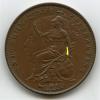


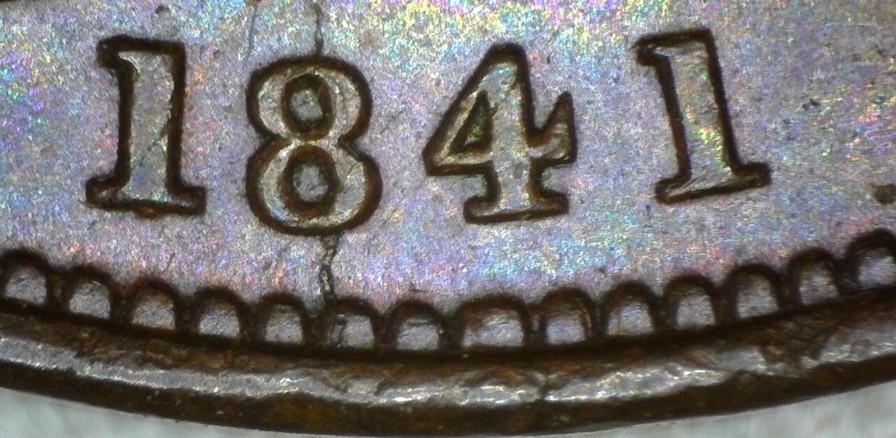
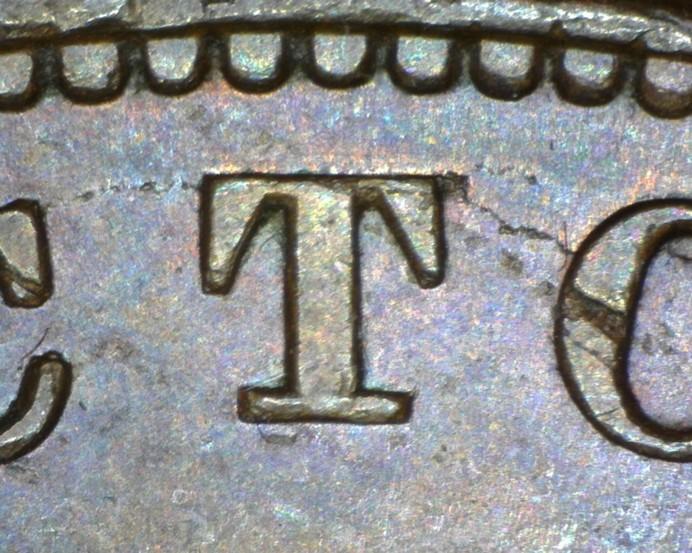
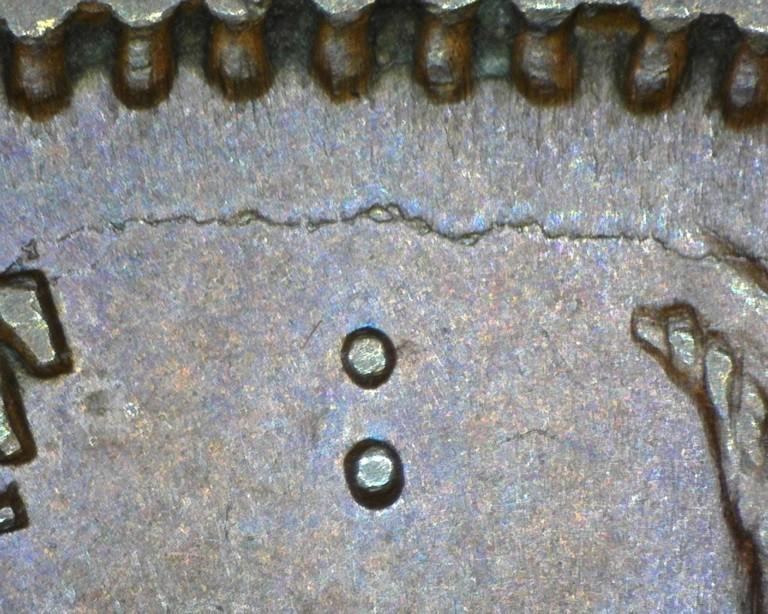


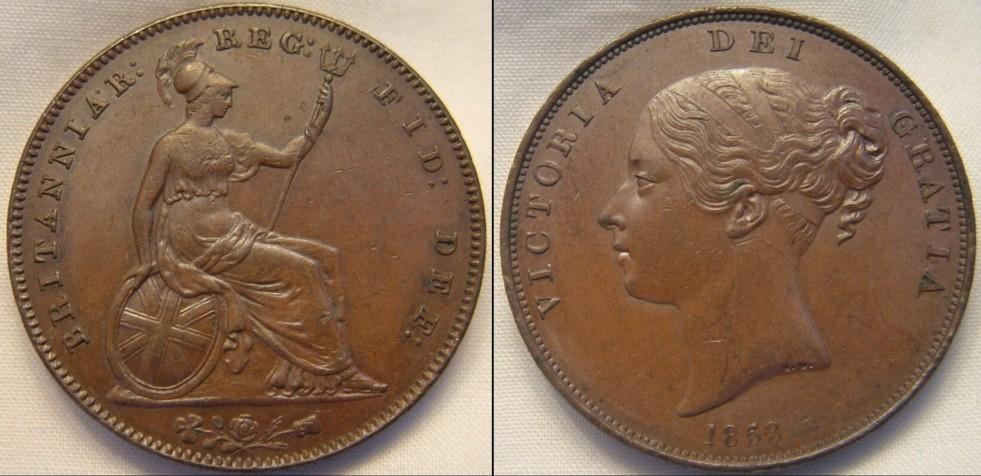

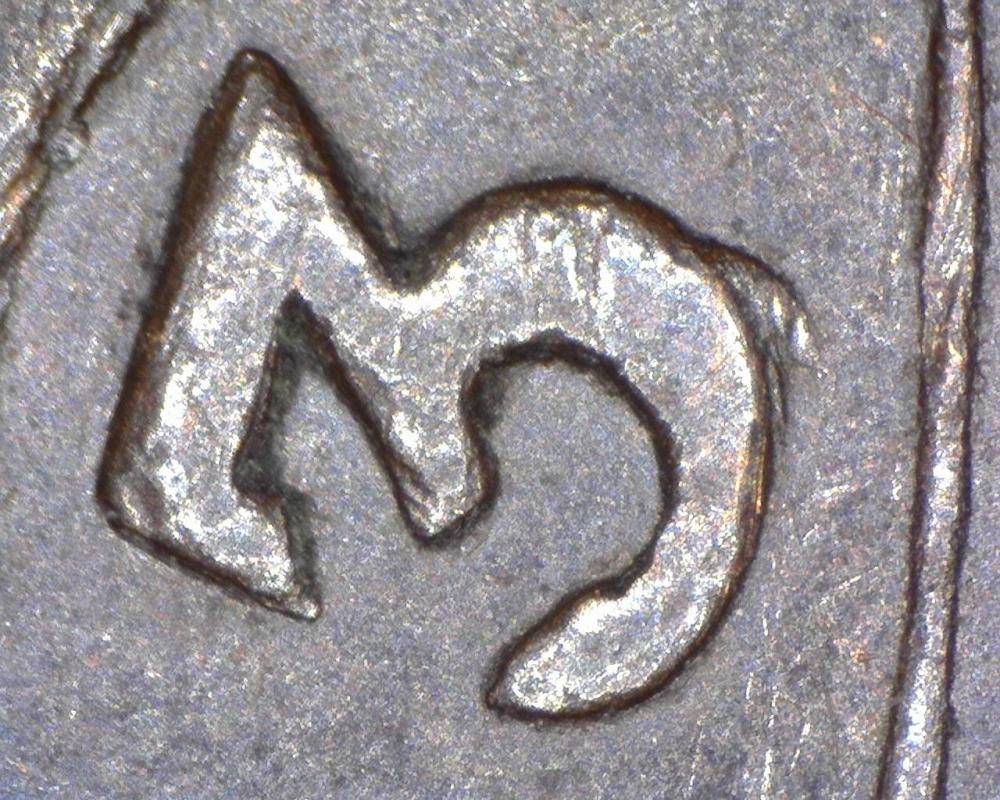
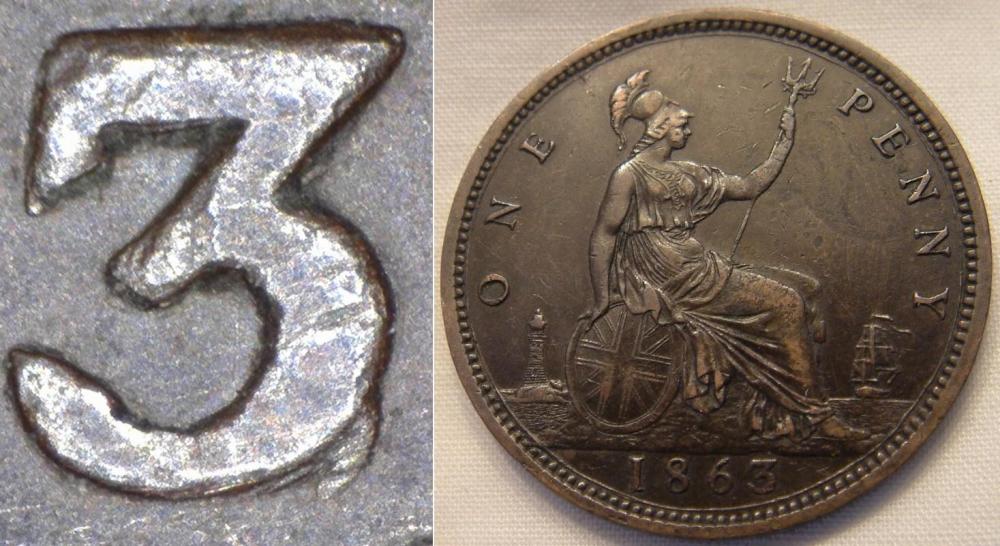
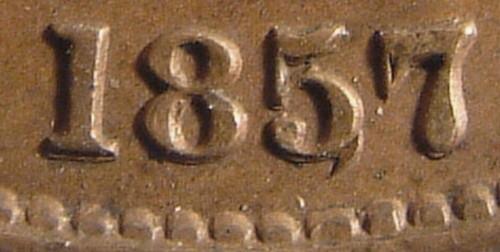

Penny Acquisition of the week
in British Coin Related Discussions & Enquiries
Posted
Hi Mike,
I believe that both 1841 types (i.e. with and without the colon after REG on the reverse) which have this identical flaw through the numeral 8, also have identical date spacings.
I attach high definition pictures of both dates on my two coins for comparison.
If you think you have a REG colon with different date spacings then could you please post a picture, as that would be a total surprise?